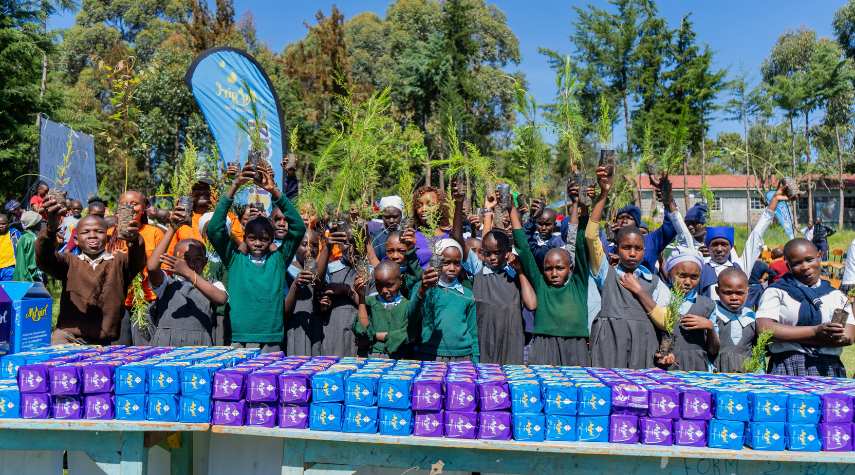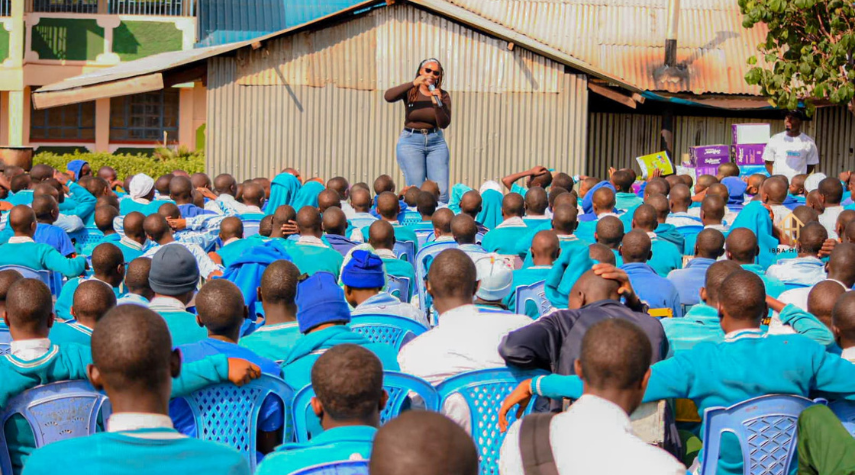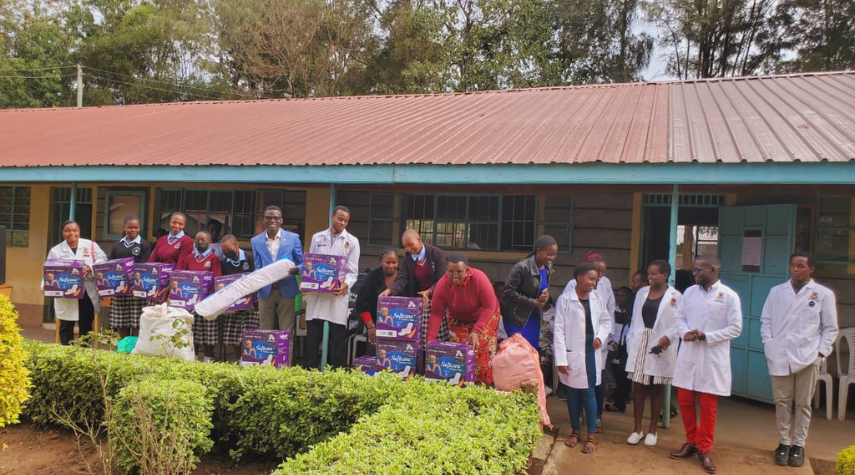
HPV Awareness Campaign – Homa Bay County
This HPV awareness campaign is designed to enhance vaccination rates and preventive screening uptake in Homa Bay County, focusing on engaging key community stakeholders, ensuring robust monitoring and evaluation, and managing resources effectively. The following outlines key stakeholder roles, M&E framework, timeline, and budget allocation for the campaign:
Stakeholders and Roles:
- Community Members and Leaders:
- Role: Community leaders, including elders, religious figures, and women’s groups, will promote cultural sensitivity and community acceptance for HPV awareness and vaccination drives.
- Engagement Strategy: Regular meetings, dialogue sessions, and feedback collection will help tailor the campaign to local customs and needs.
- Local Health Facilities and Healthcare Providers:
- Role: Support delivery of HPV vaccinations, screenings, and follow-up care, essential for the campaign's sustainability.
- Engagement Strategy: Training and coordination meetings will ensure effective service provision and address any challenges.
- Ministry of Health (MOH):
- Role: Provides technical guidance, policy support, and resources like vaccines and screening materials to align the campaign with national health objectives.
- Engagement Strategy: Continuous collaboration with MOH officials ensures that the campaign is scalable and aligned with public health goals.
- NGOs and CSOs:
- Role: Support outreach, education, and advocacy, particularly through partnerships with local health-focused organizations.
- Engagement Strategy: Collaborative workshops, media efforts, and events with NGOs/CSOs maximize community reach.
- Target Donors (Commonwealth, USAID, Ministry of Health):
- Role: Fund and provide resources necessary for campaign success and sustainability.
- Engagement Strategy: Quarterly reports and participation in campaign events ensure transparency and accountability.
Monitoring and Evaluation (M&E):
- Baseline Assessment: Conducted pre-campaign to determine initial HPV awareness, vaccination rates, and screening uptake.
- Ongoing Monitoring: Tracks participation rates, vaccination numbers, and health data from local facilities.
- Outcome Evaluation: Mid-term (3-month) and end-term (6-month) evaluations to assess campaign reach and adjust strategies as needed.
- Impact Assessment: Evaluates long-term effects on awareness and screening rates post-campaign.
- Reporting: Quarterly and final reports will document progress, challenges, and outcomes for stakeholders and future initiatives.
Project Timeline:
- Month 1: Planning, stakeholder engagement, and healthcare provider training.
- Month 2: Begin community outreach with workshops, media campaigns, and dialogue sessions.
- Month 3: HPV vaccination and screening campaigns via mobile clinics and school-based programs.
- Months 4-5: Continue outreach, intensify media and vaccination drives, and begin end-term evaluation preparations.
- Month 6: Conduct final evaluation, complete reporting, and hold a stakeholder meeting to discuss impact.
Budget Overview: Estimated total cost of $140,000 includes personnel salaries, training, workshops, media outreach, vaccination and screening supplies, administrative expenses, and M&E activities.




Comments (0)
No data found